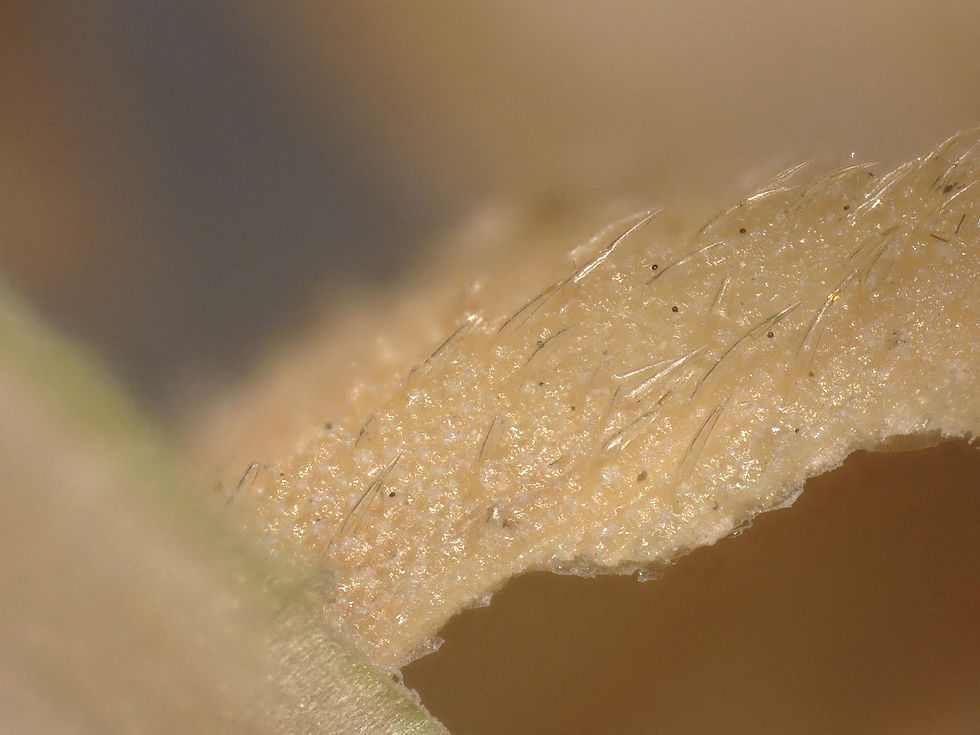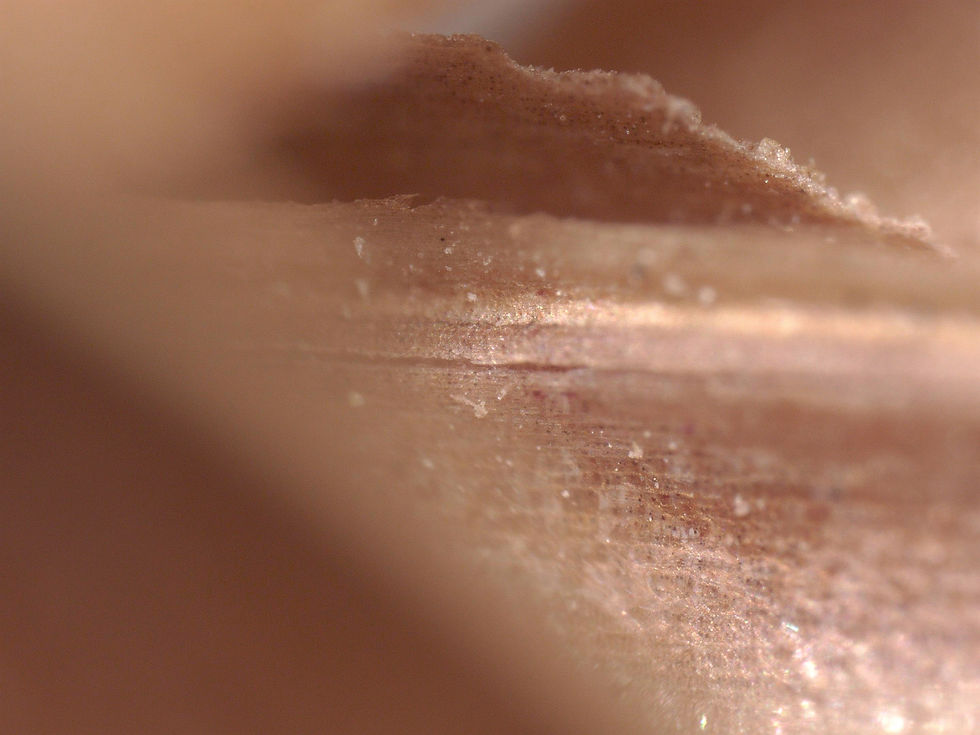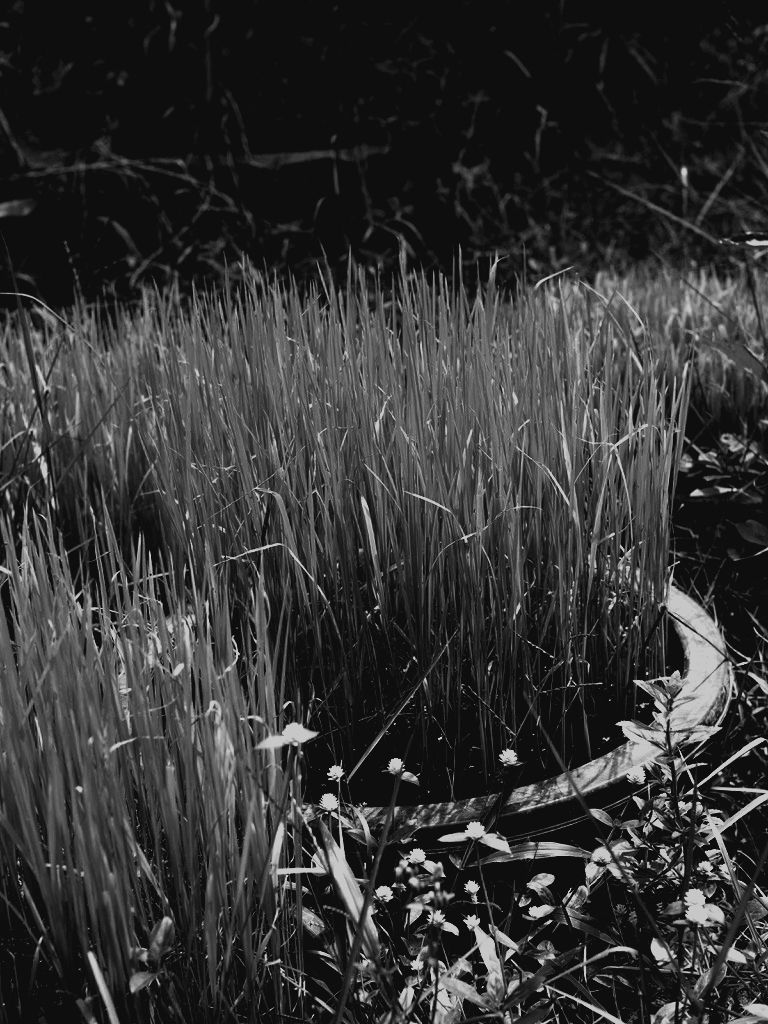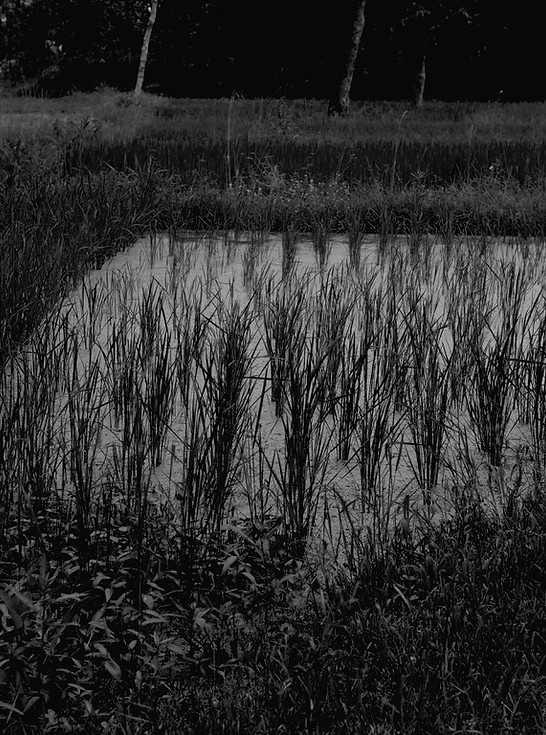Kamonchanok Wongwiboonsat

Hom Mali 105
The husk of Hom Mali 105 rice is a golden yellow, smooth, and fine in texture. It is thin yet resilient, providing a protective layer for the grain while contributing to the signature fragrance of this aromatic rice.

Red Hom Mali
Red Hom Mali rice features a vibrant, deep red husk, rich in anthocyanins. The husk is thicker and rougher compared to typical rice husks, offering natural protection to the grain inside. Its unique red color gives the rice an earthy, rustic look, emphasizing its connection to traditional farming practices and enhancing its visual appeal.

Riceberry
Riceberry is a hybrid rice developed in Thailand by crossing Jasmine rice and Thai black rice. Its deep purple hue is rich in antioxidants and anthocyanins, offering health benefits such as heart health support. The husk is dark and smooth, while the grain has a firm with nutty texture.

Life
The Thai-Isan Farmers and the Bak Ruea Rice Farmers Group live closely with their homes and rice fields. Their lives are deeply intertwined with rice, reflecting a profound connection to the land. Rice is more than just a crop—it's life itself, shaping their culture, sustenance, and way of being.

Rice Lab
A mini rice lab, supported by the Thai-Isan Farmers, is a local space where they test, grow, and breed different rice varieties. It helps preserve traditional strains while exploring new possibilities for better crops.

Local Community
I would like to support the farmers in taking pride in the crops they grow, recognizing the hidden value in these materials. Through this, I hope to reveal the untapped beauty and potential of rice, as it becomes a canvas for innovation, transforming into something extraordinary beyond its traditional uses.
Indigenous Rice Husk
A collaboration with local farmers in Northeastern Thailand



In Thailand, the rice milling industry yields an astonishing 6 to 7.5 million tons of rice husk each year, a testament to the nation’s status as one of the world's foremost rice producers. Beyond its role as a vital food source, I hope farmers come to recognize the profound value of their crops, seeing that their worth extends far beyond the rice grains alone. Even the husks—often dismissed as mere waste—possess a quiet beauty, one that is ripe for appreciation and transformation.
Northeastern Thailand, once home to over 4,000 indigenous rice varieties, now retains only a handful, each a reflection of the region’s deep agricultural heritage. As a material explorer, I find the rice husk endlessly captivating, not only as a subject for research but as an aesthetic treasure. Each unique variety of rice husk offers its own palette of colors, textures, and forms, inviting boundless creative possibilities in art and design.
It has been an honor to collaborate with my local community on this project. The Thai-Isan Farmers and the Bak Ruea Rice Farmers Group are steadfast in their mission to preserve indigenous rice varieties and develop new strains that ensure food security and self-sufficiency. Among the treasures of this collaboration is Selapron Rice, a glutinous variety developed by Tu-Lang, the visionary founder of Thai-Isan Farmers. With its striking purple leaves and grains, this rice is not only a symbol of the land’s rich diversity but also a testament to its high nutritional value. Through this project, I aim to honor the farmers' pride in their harvest and invite others to see the materials they grow through my lens—finding beauty in the unexpected, where the humble rice husk becomes a work of art.
